When Will Affordable Connectivity Program Funding Run Out?
On June 24, 2022, The Hill published an Op-Ed I wrote urging policymakers to fully fund the Affordable Connectivity Program (ACP). That Op-Ed predicted that funding for the ACP is likely to run out by mid-2024 and called for action at the state and federal levels to extend that funding. We’ve had some follow up questions on how we came up with our projections. In this blog we explain our projections.
The four assumptions used to model our projections are (1) the rate of incremental ACP sign-ups (new enrollments per week), (2) percentage ACP adoption of the 35.5M income eligible households living below the 200% poverty threshold (excludes other eligible households), (3) percentage Enhanced Tribal Benefit enrollment ($75 per month of subsidy) versus non-tribal enrollment ($30 per month of subsidy), and (4) percentage of households taking advantage of the one-time $100 device benefit.
Table 1: Current State - Tribal Versus Non-Tribal Enrollment
| Category | Current Enrollment | % Of Enrollment | Per Month Subsidy | Quarterly Run Rate | % Of Run Rate |
|---|---|---|---|---|---|
| Tribal | 179,000 | 1.4% | $75 | $40,275,000 | 3.5% |
| Non-Tribal | 12,390,000 | 98.6% | $30 | $1,115,100,000 | 96.5% |
| Total | 12,569,000 | $1,155,375,000 |
As of June 27, 2022, there are 12.57M households enrolled in ACP, with average weekly enrollment totaling 140K new households per week. Of the 12.57M households, 1.4% (179K) are enrolled in the Enhanced Tribal Benefit Program, receiving up to a $75 per month subsidy on their internet service (Table 1). The remaining 98.6% (12.39M) of households are non-tribal and therefore eligible to receive a subsidy of up to $30 per month. Assuming that those enrolled will take full advantage of their respective $75 or $30 per month subsidies, this represents an ACP “run rate” of $1.16B per quarter. The $1.16B excludes any one-time device benefits of $100 (Table 1).
Figure 1: ACP Funding Projections (Slow and Low Adoption, $ in B)
To illustrate how limited this pool of ACP funding is, let’s take a very slow and low adoption scenario. This scenario assumes that (1) weekly new enrollments are halved, representing only 70,000 new enrollments per week, (2) percentage ACP adoption goes no higher than 50% of total income eligible households (17.75M households adopting), (3) the split between tribal (1.4%) and non-tribal (98.6%) enrollments remains constant, and (4) only 10% of enrolled households (1.78M) take advantage of the one-time $100 device subsidy. Under this scenario, the $14.2B in funding would be exhausted by late July 2024 (Figure 1).
Figure 2: ACP Funding Projections (Moderate, $ in B)
A more moderate viewpoint is that we (1) see ACP enrollment continue at its current velocity of 140K new subscribers per week, (2) percentage ACP adoption becomes saturated at 50% of total income eligible households (17.75M households adopting), (3) split between tribal (1.4%) and non-tribal (98.6%) enrollments remains constant, and (4) 25% of enrolled households (4.44M households) take advantage of the one-time $100 device subsidy. Under this scenario, we project the total pool of ACP funding to be exhausted by the end of May 2024 (Figure 2).
Figure 3: ACP Funding Projections (Aggressive, $ in B)
A very aggressive scenario may factor in ISPs increasingly learning how to weave this into their sales and marketing strategies, particularly in tribal communities. Under this scenario we see (1) enrollment continuing at its current velocity of roughly 140K new subscribers per week, (2) percentage ACP adoption goes no higher than 70% of income total eligible households (24.85M households adopting), (3) the split between tribal and non-tribal shifts to 2.0% versus 98.0%, and (4) 33% of those households who adopt (12.43M households) take advantage of the one-time $100 device subsidy. Under this scenario, we project the total pool of ACP funding to be exhausted by the end of February 2024.
Figure 4: Timeline for Exhaustion of ACP Funding by Scenario ($ in B)
No matter which of these three scenarios we believe is most likely to occur, without any intervention, ACP funds will likely be exhausted by the middle of 2024 (Figure 4). In the near term, state broadband offices should examine the total pool of federal broadband funds and allocate a portion of that funding towards extending the ACP for income eligible households in their states. In the longer term, Congress should find a solution to permanently fund the ACP program.





